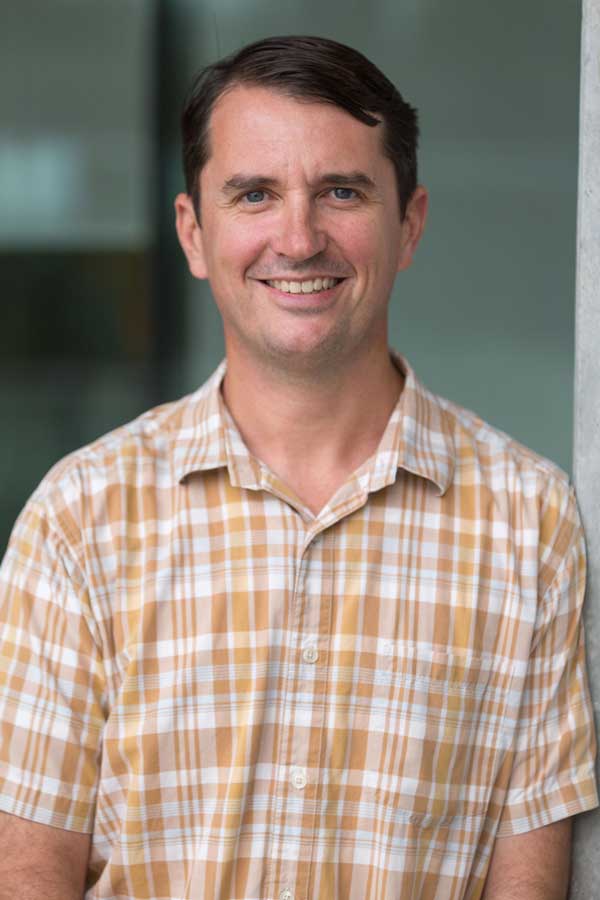Jason Isaacs

One of the things that Jason Isaacs loves about his job is helping his Computer Science students have an aha moment, whether it’s in the classroom or in his research lab.
“When a student takes on a new subject matter, they don’t have much of an idea about what to expect or take away from the course,” he says. “When you finally see them get it, that’s a really special, fulfilling thing about teaching.”
Isaacs, an Assistant Professor of Computer Science at CSUCI, teaches courses that focus on object oriented programming, embedded systems and software engineering. He primarily works with Computer Science and Mechatronics Engineering students, as well as Mathematics and Environmental Science & Resource Management students who are interested in these topics.
Part of the curriculum is helping students to realize the theory they’re learning has real-life applications, like how sensor networks can help an unmanned aerial vehicle collect data in uninhabitable terrain.
“In my project-based courses, I try to make my students emulate either an experience that you would have as a graduate student or as a professional working in a team environment,” Isaacs says. “I taught a course where a group of 24 students were in a mobile robotics competition, and a lot of the feedback that I got from them was that this was their first taste of what they were going to experience as engineers in the field.”
In these moments, Isaacs reflects on his own undergraduate experience. As a first-generation college student at the University of Kentucky, it took him some time to find his niche in the STEM fields.
Before transitioning into academia, Isaacs was a motion control development engineer for Lexmark, an international printer supplier. He knew that he wanted to become a professor, and completed his Ph.D. in electrical and computer engineering and postdoctoral work at University of California, Santa Barbara.
“I took this funneling approach to figure out what I wanted to do and honed in on electrical engineering,” Isaacs says. “I had teachers that weren’t even in fields that I ended up pursuing, but they were there to guide me along the way. I look back on them with great admiration, and I hope that I can provide something similar to students here.”
Isaacs appreciates the program’s multidisciplinary approach, and has many avenues for hands-on research and projects. It’s also why he was part of the department team that developed the University’s mechatronics engineering program to entering freshmen in fall 2018.
“Our department presents the theories to our students, but then gives lots of opportunities to put those theories to practice,” he says. “When they leave CSUCI, they have the confidence to apply the theory they’ve learned to a variety of career possibilities.”
